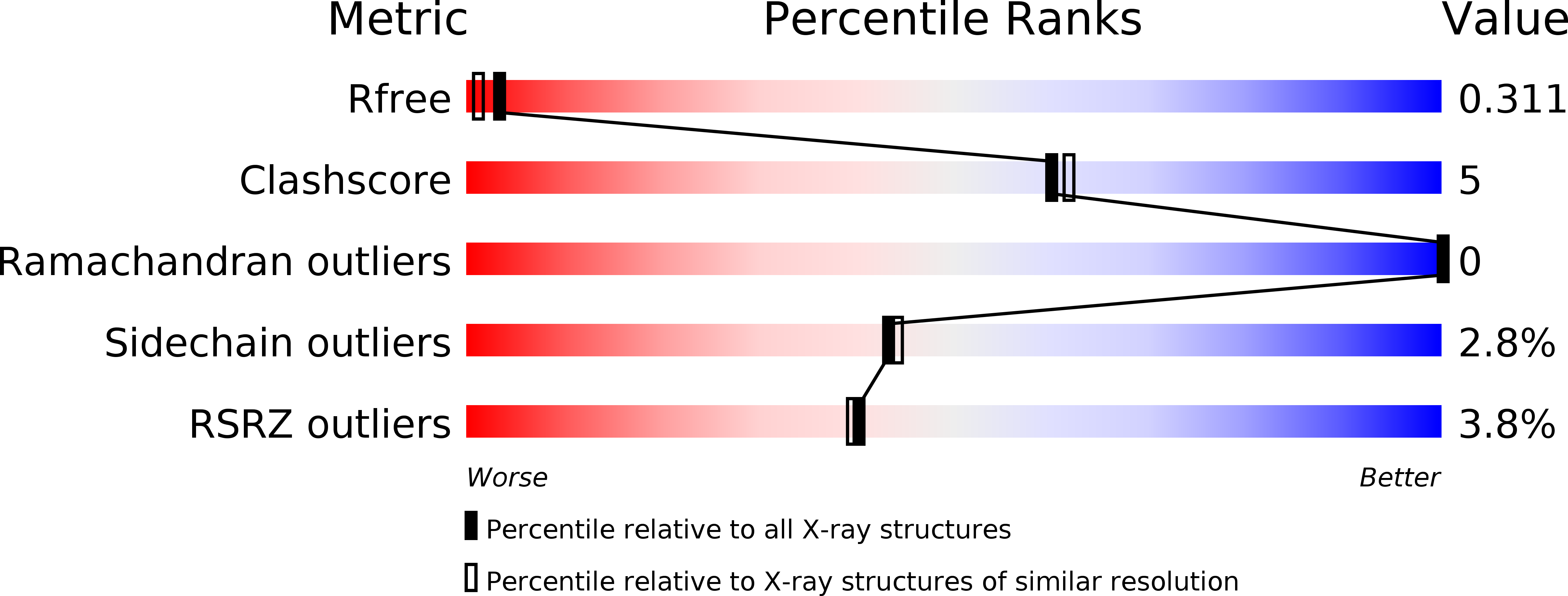
Deposition Date
2015-11-13
Release Date
2016-11-23
Last Version Date
2024-01-10
Entry Detail
PDB ID:
5FND
Keywords:
Title:
Dynamic Undocking and the Quasi-Bound State as tools for Drug Design
Biological Source:
Source Organism:
HOMO SAPIENS (Taxon ID: 9606)
Host Organism:
Method Details:
Experimental Method:
Resolution:
2.00 Å
R-Value Free:
0.30
R-Value Work:
0.22
R-Value Observed:
0.22
Space Group:
I 2 2 2


